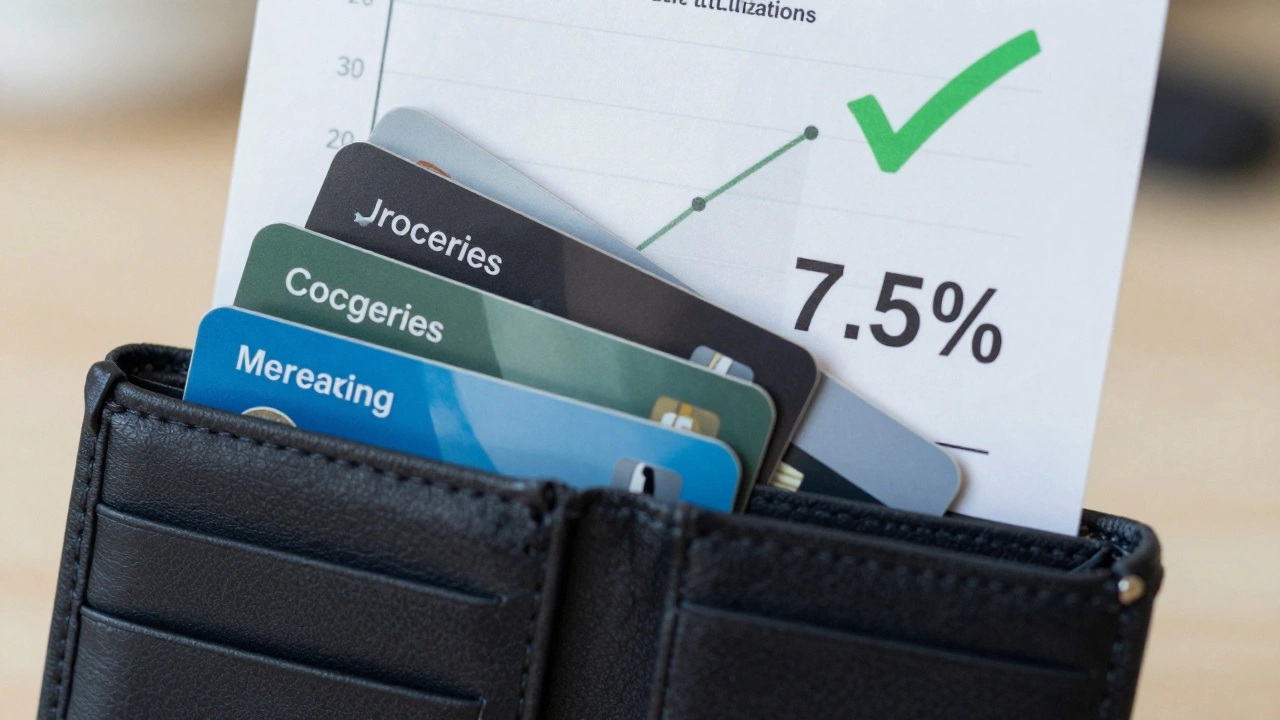Credit Cards Made Simple: Rules, Tips and How to Use Them Wisely
Credit cards can feel confusing, but they don’t have to be. Whether you’re new to credit or looking to improve a score, a few clear rules can save you money and stress. Below you’ll find the most useful guidelines and practical steps you can start using today.
Why focus on rules? Because credit card numbers aren’t random – they affect your credit score, interest costs, and even loan approvals. Using a card the right way keeps your finances under control and helps you build a stronger credit history.
The 20% Credit Card Rule
The 20% rule says you should keep your balance below 20% of your credit limit. This low utilization shows lenders you’re not over‑relying on credit, which can improve your score. For example, if you have a £5,000 limit, aim to stay under £1,000 in debt each month.
Applying the rule is easy: check your statement early, pay down purchases before the due date, or spread spending across a few cards. Even a small payment each week can keep you well under the 20% mark.
Understanding the 5/24 Rule
The 5/24 rule is a policy used by some major issuers, especially Chase. It means you can’t open a new card if you’ve opened five or more credit cards in the past 24 months. The rule helps issuers manage risk, but it also protects you from opening too many accounts too quickly.
If you’re planning a new card, count how many you’ve opened in the last two years. If you’re at four, think twice before applying again – you might hit the limit and get rejected.
Credit utilization matters beyond the 20% guideline. Lenders look at the ratio of total balances to total limits across all cards. Keep an eye on the overall picture, not just one card, and you’ll avoid surprise score drops.
When choosing a card, match it to your spending habits. Some cards reward groceries, others travel or everyday purchases. Look at fees, interest rates, and reward structures before you apply. A card with no annual fee might be better for occasional use, while a premium travel card could pay off if you fly often.
Avoid common pitfalls like paying only the minimum or missing a payment. Late fees and higher interest can quickly erase any rewards you earn. Set up automatic reminders or autopay for at least the minimum amount to stay safe.
Finally, treat your credit cards as tools, not toys. Use them for purchases you can afford, pay them off each month, and watch your score improve over time. With the 20% rule, the 5/24 rule, and smart card selection, you’ll get the most out of your credit without the headaches.
Is 4 Credit Cards Too Much? Here’s What Experts Really Say

Having four credit cards isn’t automatically bad-but it can hurt your credit if you’re not managing them right. Learn when it helps and when it’s a red flag.
Read More >>2 3 4 Rule for Credit Cards: The Simple Facts You Need to Know

The 2 3 4 rule for credit cards is a practical guideline that helps people avoid getting denied when applying for multiple cards from certain banks. Understanding this rule can help you plan your credit card applications to maximize your approval odds and rewards. This article breaks down what the 2 3 4 rule really means, why banks use it, and how you can use it to your advantage. It also includes common mistakes and clever tips to stay ahead. Get real-world advice so you don’t run into application roadblocks.
Read More >>